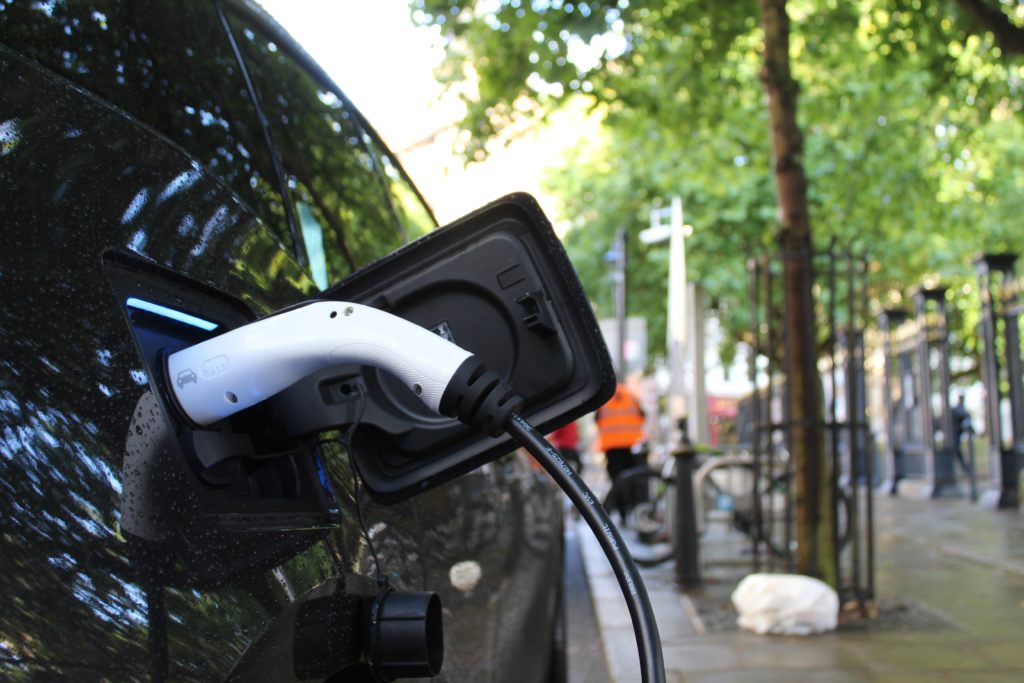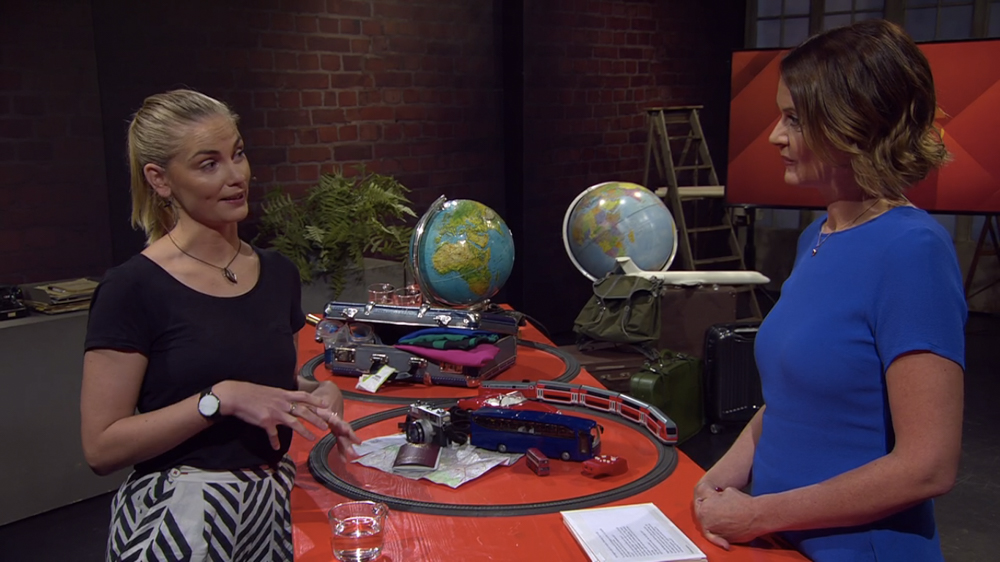Planning a sustainable vacation can be a challenge. There are many factors to consider, and researching everything can be time consuming. What eco-labels should you look for when choosing a hotel? What is the best mode of travel, and how far can we get by using climate friendly alternatives? We’ve put together this guide full of tips for those who want to book a more sustainable vacation this summer.
Preparing for your adventure
Booking the Trip
Time, distance, money, and your climate budget. There are many things to consider when choosing type of transportation. Generally, trains are preferred over cars, and try to stay on the ground – the climate impact of flying is significant compared to other options.
If you must fly, consider the following:
- To stay within planetary boundaries, you should not fly more than a short round trip every three years and a long round trip every eight years.
- Try to minimize your flying. Fly shorter distances, stay longer at each location, take the train for part of the journey.
- Finance climate projects equivalent to the emissions caused by your flying. Check out our climate financing service here.
If you want to check the climate impact of your planned vacation, you can use the calculator on the website Travel and Climate.
Travel by train or bus
📍GLOBALLY
Rome2rio.com – This website helps you search for possible routes between any two places in the world. When possible, you get the option of bus and train presented.
📍EUROPE
All Aboard – Digital platform for travels by train.
Deutsche Bahn – German website that sells train tickets for big parts of Europe.
Trainline – Website for both train and bus tickets.
⭐️ Tip! If you do not find the route you’re looking for, try dividing it and search for smaller sections instead, that usually does the trick!
📍USA & CANADA
Amtrak.com – Search for travels in the US by train.
Viarail.ca/en – Search for travels in Canada by train.
Greyhound.com – Busses in USA, Canada and Mexico.
📍AUSTRALIA
Greyhound.com.au/ – Busses on the East coast.
Journeybeyondrail.com.au – Here you’ll find coast-to-coast trains.
Booking accommodation
How do I know that the accommodation I choose take responsibility for their climate impact? One way to find out is to look for different labels.
- In the North, you can look for the Nordic Swan Ecolabel. Here’s a list of all Swan-labeled hotels in Sweden.
- In Europe, you can search for the EU Ecolabel, which is the EU’s official environmental label for goods and services. Here is the EU Ecolabel Tourist Accommodation Catalogue.
- Green Key is another, international sustainability label that’s used in 58 different countries. Here’s a list of Green Key-certified facilities worldwide.
Power down your home
Set aside time the evening before departure to go through your home and make sure as little as possible is drawing energy while you’re away. Unplug cords and turn off anything that uses power or generates heat. Remember that even standby mode consumes electricity and that it can add up if you’re away for an extended period.
During the Trip
Recycle even while on vacation
When leaving home and not having access to all your things, it can be easy to fall out of habits. But remember that it’s just as important to handle your waste properly while on the go. Turn it into a learning opportunity; what does waste sorting look like in this new place you’re visiting, whether it’s the neighboring municipality or another country? There might be new ways to be inspired by!
Use reusable items
Warm sunshine often comes with outdoor meals and picnics. Remember to pack reusable items, such as mugs, utensils, and plates, to avoid wasting nature’s resources during your picnic. Since January 1st of this year, all retailers of food and beverages in Sweden are required to offer reusable items.
Rent or borrow equipment
Does your vacation involve more adventurous activities where you need to use equipment or clothing that isn’t in your everyday wardrobe? Check if you can rent or borrow equipment and/or clothes locally. It’s often more convenient than buying, as it also minimizes your packing.
Be bold, ask questions and make demands
Sometimes you have to be the one who dares to ask to raise the issue. Dare to demand from the airline, hotel, or restaurant to take climate into consideration. Ask about their environmental policy and if the ingredients are locally sourced. Ask how they think about sustainable tourism in terms of social sustainability -for example, do the employees have collective agreements? The more people who ask the questions, the more important it becomes for actors in the tourism industry to live up to the demands.






 ️
️







